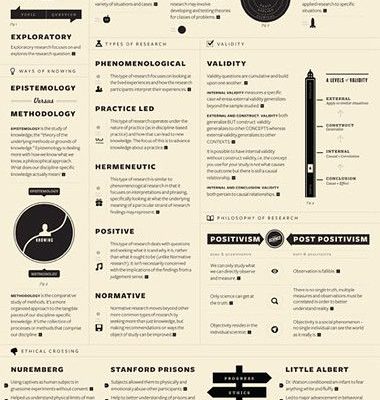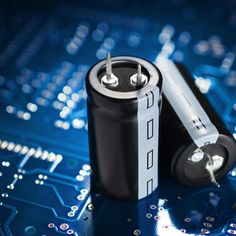3 Effective Ways to Get a Paternity Test Done

Introduction:
In a world where family dynamics can often be complicated, establishing paternity has become an essential aspect for many reasons, such as legal issues, emotional bonds, and financial responsibilities. Paternity tests are scientific methods used to determine the biological relationship between an alleged father and a child. If you’re looking to get a paternity test done, you must choose the most suitable option based on your specific needs. Here are three effective ways to get a paternity test done:
1.At-Home DNA Testing Kits:
At-home DNA testing kits provide a convenient and private way for individuals to obtain paternity test results without appointments or lab visits. These kits can be purchased online or at some pharmacies and include all the necessary items to collect DNA samples from both the child and alleged father.
To use an at-home DNA testing kit, all you need to do is swab the inside of each person’s cheek with the provided cotton swabs, seal them in separate envelopes provided in the kit, and mail them back to the testing company. The company will then analyze the samples and notify you of the results via email or phone.
While at-home DNA testing kits are popular due to their convenience, they may not hold up in court as legal proof of paternity because of potential chain-of-custody issues.
2.Legal Paternity Testing:
For those who require conclusive and legally admissible paternity test results for court cases involving child support, custody battles, or inheritance claims, legal paternity testing is the most appropriate option. Legal paternity tests follow strict chain-of-custody procedures for sample collection and analysis.
For a legal paternity test, you must schedule an appointment with an accredited laboratory or authorized sample collector who will take care of collecting DNA samples from all involved parties. They will also verify identification documents and obtain signatures on consent forms before forwarding the samples to the testing lab. Legal paternity tests are more expensive than at-home DNA tests, but they provide legally admissible results.
3.Non-Invasive Prenatal Paternity Testing (NIPPT):
Non-invasive prenatal paternity testing (NIPPT) offers expectant mothers an opportunity to establish paternity before the baby is born. This method uses a blood sample from the mother and a cheek swab or blood sample from the alleged father for DNA analysis.
NIPPT can be performed as early as the 9th week of pregnancy and does not pose any risk to the fetus. Results are typically available within 1-2 weeks after submitting the samples to an accredited laboratory.
Although NIPPT offers early answers about paternity, its cost is significantly higher than other testing methods, and you should consult with your medical provider before proceeding.
Conclusion:
Selecting the right paternity test method depends on factors such as the need for legal validity, privacy considerations, and urgency of results. While at-home DNA testing kits are popular for their convenience and affordability, legal paternity testing is required for legally admissible results. For those seeking paternity information during pregnancy, non-invasive prenatal paternity testing is a safe option with a higher cost, but early answers may be invaluable. Assess your specific needs and choose the appropriate method that best suits your situation.






